By: Patrick W. Zimmerman
Raise your hand if you like beer!
When beer is great, it’s awesome. When it’s bad, it makes you want to pull your tongue out through your left earhole and repeatedly slap yourself in the face with it. Fear not, good citizens! At Principally Uncertain, we understand the most pressing problem of the people, and we shall build a Gazetteer of Beer (a Gazettebeer, if you will) to help you all on that most noble of endeavors: the Quest for Better Beer.
Note: this project may or may not have been initially conceived under the influence of its subject matter, thereby potentially creating some kind of stable meta-topic research ball of timey-wimey stuff, endangering all of time and space. Does this happen if beer has not been consumed first? Is the beer all part of an alien plot to pacify humanity and make us amenable to our brewing overlords? Is that just what the Beer wanted us to think?
Note on the note: ignore the above. Apologies for the digression. I was (mostly entirely) sober during (most all) of the research. In an unrelated development, I may also have binged-watched Doctor Who during some (large) part of it.
The Question
Is there any geographic, social, or cultural pattern to high-rated breweries? And if so, how quickly can we move to the Area of Maximum Booze (AMB)?
The Short-Short Version
Ever wondered where the good beer got to? Let’s build a map to find out! We’re plotting every single brewery in the US that has an average rating of 3.5/5 or better on Beer Advocate and Untappd. We’ve overlaid that on a map of median household income to see that….yep….high quality breweries seem to cluster around high-income zip codes. With two weird exceptions: downtown LA (which has the population density but not the moolah) and the Great Smoky Mountains area around Asheville, NC. North Carolina, in particular, seems to buck the trend that high-quality beverages are the province of snooty urban hipster types.
State that was the most pleasant surprise-
North Carolina. Well done, Tar Heel State! 117 high-quality breweries is almost the same number as Illinois (119) and slightly more than the much more hyped Oregon (107).
Most disappointing state-
Everybody point and laugh at North Dakota. Of the 2894 breweries that made the cut….5, count ‘em, five breweries are from North Dakota. What’s that? You want to give them a pass for the state’s tiny population? Denied! Each of the 5 states (counting DC) with fewer people all had more breweries pass the test, with 100,000 fewer Vermonters producing 43 qualifying breweries. Even the least-populous state in the Union, Wyoming, managed 13. North Dakota, you should be ashamed.
The Map
Here it is, in all it’s glory. Click on the map to go to the interactive dashboard, where you’ll be able to zoom in, search for your favorite breweries, and compare Untappd to Beer Advocate ratings of any particular zip code (or set of zip codes).
Observation #1: The Eastern Seaboard
Oh, man, the Northeast Corridor (aka the ‘Acela Corridor’ between Boston and Washington, DC), is crazy dense. If cost of living is no object and you’re a huge beer nerd, this is where you want to live, without any question.
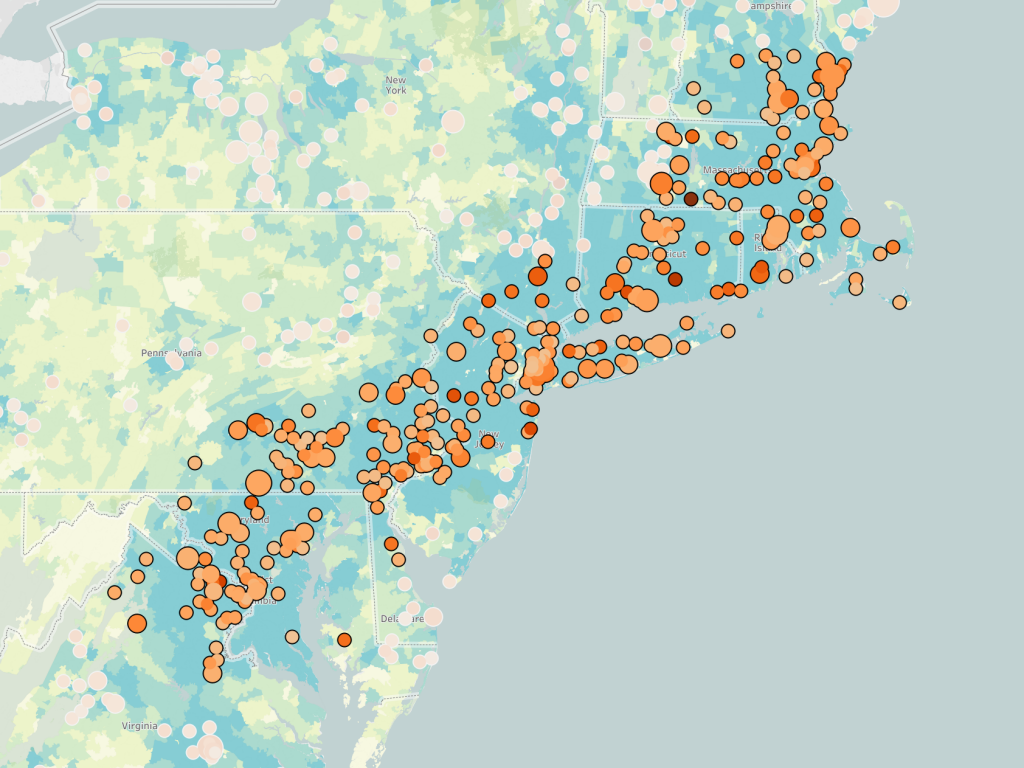
Click here for interactive dashboard
Observation #2: The Pacific Northwest is….nice….but not thrillingly so
I (and many others) expected the famous Pacific Northwest to utterly kick butt on this map, and relative to population, it’s pretty good. Still, a bit underwhelming given the hype around the place.
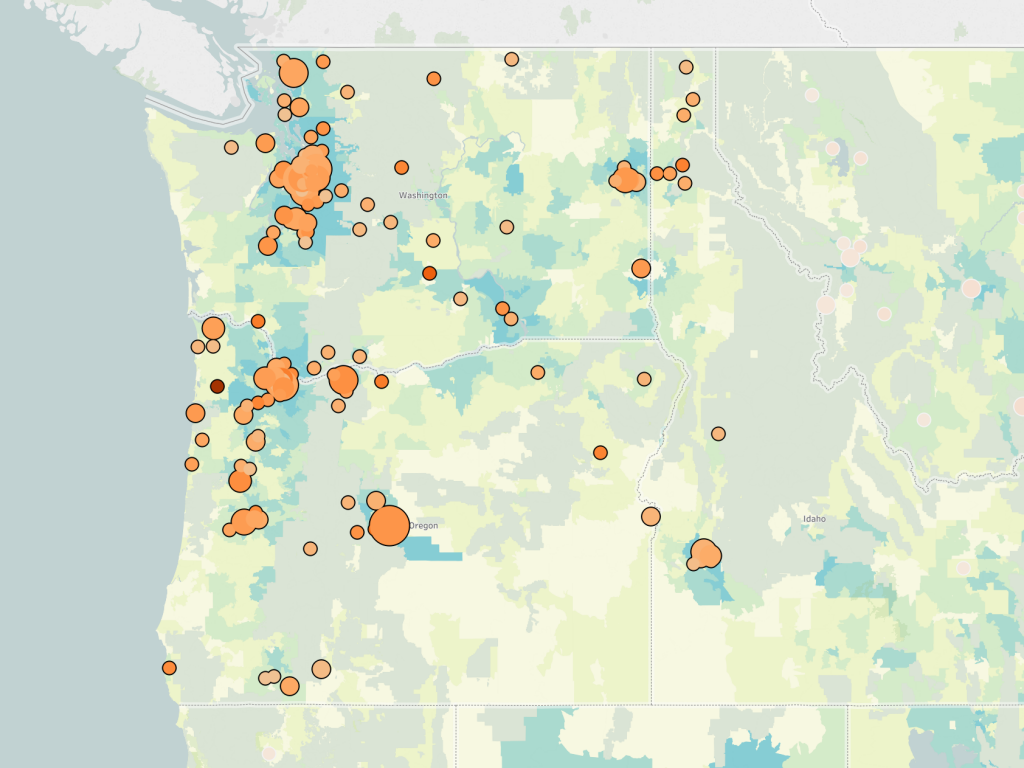
Click here for interactive dashboard
Observation #3: Colorado lives up to the hype
Wow, check out that dense line of fermented deliciousness from just south of Denver up through Fort Collins and Greeley!
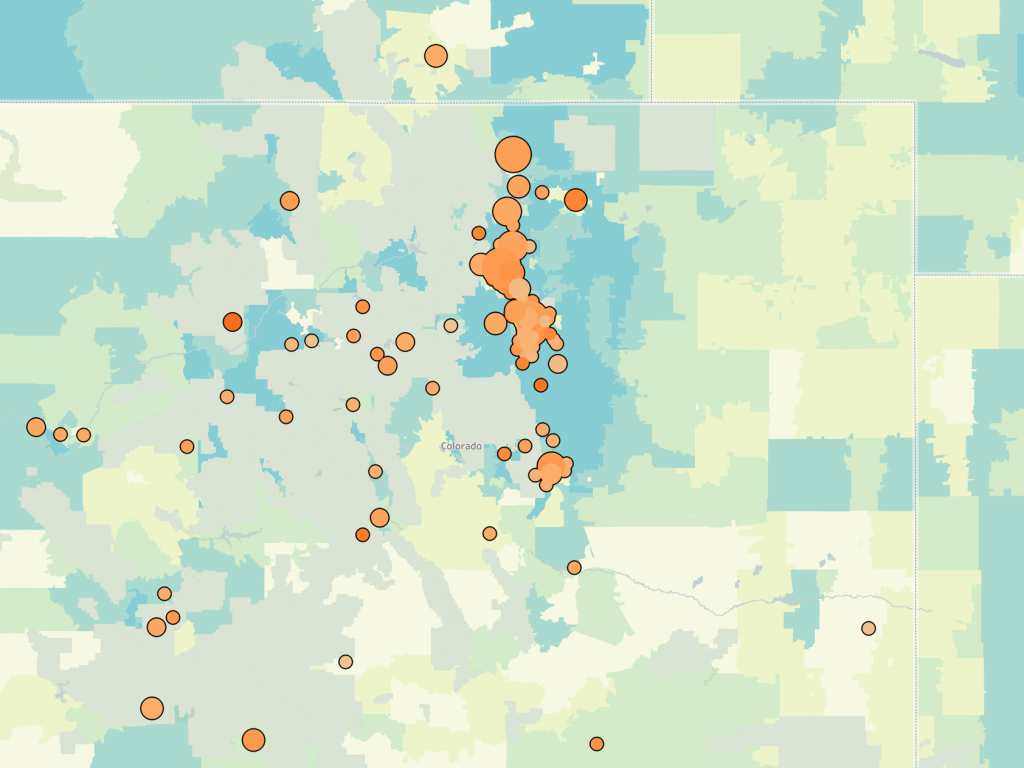
Click here for interactive dashboard
Observation #4: Great Smoky breweries buck the income trend
North Carolina shows up, by far, as the Deep South’s standout beer producing state (unless you consider Tampa-St Pete and Miami part of the South, which pretty much no one does). It also has the single area where highly-rated beer is produced in a zone of relatively modest household income, centered around Asheville, NC and extending into parts of South Carolina, Georgia, Tennessee, and Virginia. Check out all the dark orange breweries in light green (low-income) areas.
Why? No idea! And that’s super-exciting. A puzzle to be solved, indeed.
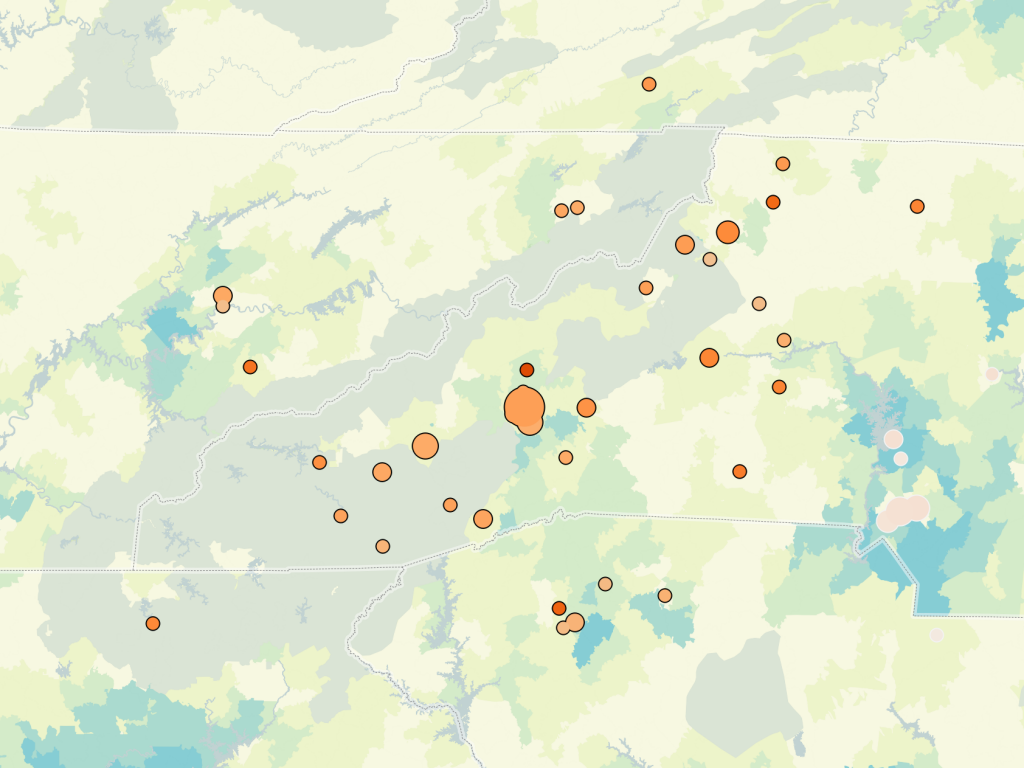
Click here for interactive dashboard
Observation #5: Drinking away deindustrialization in the Rust Belt
The Upper Midwest has some seriously good breweries, particularly centered around Southern Lake Michigan and Western Lake Erie. They may not make too many cars around Detroit, but they still make some amazing ales in Michigan (and Chicagoland).

Click here for interactive dashboard
Methodological Nitpicking
- Reviews. Yes, reviews, in general, create the problem of local populations reproducing local variences in taste (either in “Taste” meaning refinement vis-à-vis a received norm or “taste” simply meaning local preferences). A brewery whose beers on average rate at a 3.5 or better in one place might be considered a 3 somewhere else.
- This effect is endemic to any crowdsourced review system, particularly ones based on amateur reviewers and is likely to have a stronger effect on breweries with more localized distributions. That is to say, more people with a wider palate will have tried Goose Island, Fat Tire, or Allagash than Tinytown Local Barleywine #451 (yes, I made that up, so don’t try finding it in the dashboard).
- Hypothesis: Beers with a larger distribution range and a higher number of reviews will likely have slightly depressed ratings
- What am I going to do about this problem? Nothing, for two reasons.
- 1 – It’s unavoidable in any study area with a non-endogenous population (like, say, the entire frikkin’ US).
- ”Beer that people in a given area really like” is as good a criteria as any.
- Why 3.5? Because I pulled the number out of my butt as a reasonable cut-off point. And 2894 seems like a reasonable sample size. The Boston Beer Company (Sam Adams) and Gordon Biersch barely make the cut, which seems about right for a “Craft Beer List.”
- Hey, Seattle, San Diego, Buffalo, and Detroit metro areas will be underrepresented because I didn’t include Canadian and Mexican provinces!
- Certainly. Am I doing anything to fix that? Not right now.
What next?
I’ve gone ahead and looked at one of the Great Questions of our time in Part 2 of this series: Where should the beer nerds move? Part 3 takes the closely-related, anxiety-provoking look at where people who like beer should absolutely not move. Check them out!
Beyond that, it’s kind of up to you, dear readers. This dataset opens up a whole bunch of possible research projects for lushes like us, and it’s time for you to chime in and tell me which you think is the most interesting (it’s beer, they’re all interesting, but which piques your interest)? That’s right, it’s audience participation time!
Here are some potential ideas for future projects:
- Is a particular climate correlated with good brewing? Overlay an average temperature index on the dataset, to see if rating is correlated with any particular temperature range (much like many of the theories of a “beer belt” in Europe)
- Is snooty beer popular among areas with a particular demographic or racial makeup? – Are beer nerds more white (or non-white)?
- Red vs. Blue – It’s an election year; this one is inevitable. Are zip codes that lean left or right (or center) correlated in any way with a high Booze Index?
- What the hell’s up with the Great Smoky Mountains? – Why do they buck the income trend?
Which appeals to you? Do you have any other proposals that come to mind? Inquiring minds want to know!
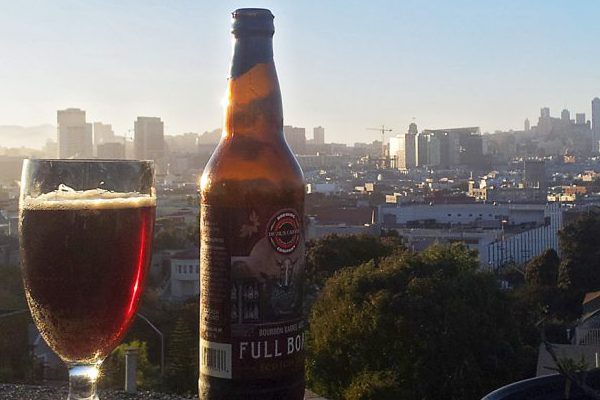
Speaking of the Great Smoky Mountains…. I’m headed there on Thursday (with @otrera) and will let you all know the results of my “field research.” @rsharp @jono @pokemama.
A statement in defense of the PNW (and no, I don’t mean this abomination, which I encountered yesterday – pay attention to where it’s made). Deeply embedded in hipster central, I thought I’d take a close look at the map in some of my favorite beer zip codes (98103 and 98107 – Ballard for the most part). Turns out there are some interesting inclusions and exclusions from the list. Included: Bluebird, the beer & ice cream store it’s more a conglomerate of local shops under one roof than a brewery as such (to be fair, they do brew). Excluded: Reuben’s Brews makers of the best beer in Seattle (says me). I’m guessing that they’re just too small an operation to have popped up.
@rsharp Reuben’s is included. 7th best brewery in Washington, by aggregate ranking. Zip for them is 98107.
@rsharp here’s the dashboard link highlighting it – https://public.tableau.com/shared/489MBRHN9?:display_count=yes
Note, you’ve got to scroll down in the table because there are a bunch of qualifying breweries in the zip code. Reuben’s was probably hidden because the table for each zip is in alphabetical order.
Doh! The scrolling got me. Very glad to see it’s there below the fold (and Stoup – it’s Porter time around here again). Still, I must defend my drizzly corner of the map. One thing that does pop out from it is Bend, OR – nice cluster and nowhere near an interstate highway. I-5 (and others) dominate most of the rest of the map. There is one interesting trend – a few of my favorites seem to really hug the coast: North Coast (Fort Brag, CA), Rogue (Newport, OR but with an Ashland, OR twist), and Fort George (Astoria, OR). Sadly though, there’s nothing doing in sexy vampire land (Forks, WA and surrounds). Guess I’ll have to keep south for beach & brew.
Finally, I’m also enjoying the Carpenteria, CA cluster, which is located squarely in the middle of Santa Cruz Island, part of the Channel Islands National Park. No doubt, if I were actually enjoying those brews out there, they would taste like the best beer in the world.
The idea of looking at something outside of a major interstate corridor is a potential fork that could be really interesting.
As far as the Carpentería cluster, not a whole lot I can do. The dataset has those in Zip Code 93013, which is Carpenteria on the coast. Tableau’s vizualization includes the Islands in that zip because the Park Headquarters is actually on the mainland (in Carptentería). The Islands themselves don’t have a zip.